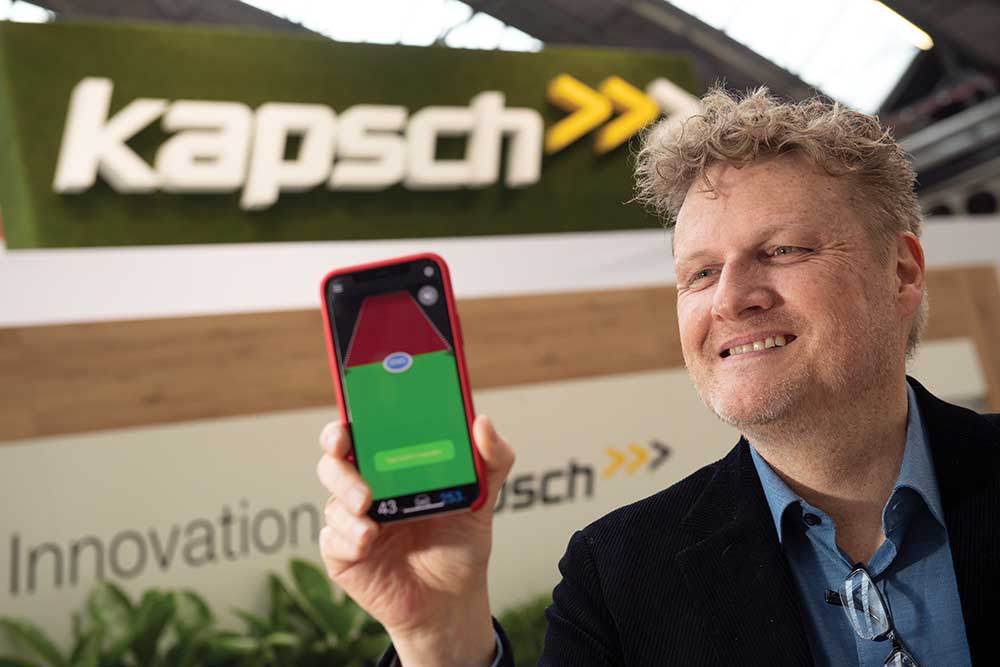
The Austrian capital is moving towards ‘traffic management 2.0’, said Gerd Gröbminger, Kapsch’s vice-president sales, central, eastern and northern Europe.
“The idea is to enrol the car driver into the traffic management equation, helping the: to make better decisions.”
One of the first steps in creating the new traffic management system, Green Light Optimal Speed Advisory (GLOSA) has already been implemented at around 80 intersections in Vienna, said Gröbminger. This is hooked into existing traffic lights and gives their current status, as well as their status in the immediate future. This connects into an app, jointly developed by Kapsch and Gevas, in individual vehicles that knows their position and how quickly they are moving.
Typically, a driver approaching a green light will speed up, to try to beat the signal before it changes to red. Kapsch’s innovation will tell the driver whether or not he can reach a green light in time. If not, the driver will know there is no point in accelerating, only to have to slam on his brakes. This stop-go driving is one of the main contributors to emissions.
This smoothing out of vehicles’ speeds helps to increase the overall speed of urban traffic. Changing the behaviour of even a small percentage of drivers in this way will have a disproportionately beneficial effect on traffic flow, said Gröbminger.
Stand 01.229















